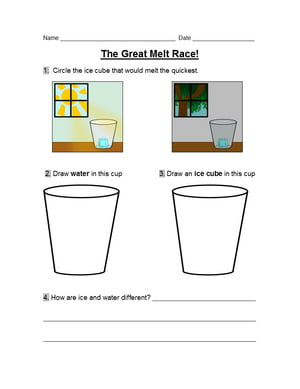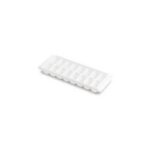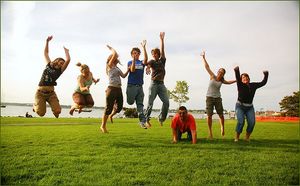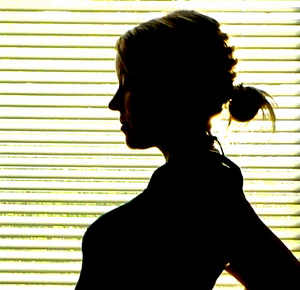In this 5E inquiry activity, students will observe the factors that cause melting, and will track the size of a melting ice cube as it becomes smaller and smaller. Students will also make observations about their melting ice according to its shape: namely how it holds its shape, while the water conforms to the container. Students will break into groups and each group will receive a piece of ice and a clear plastic cup. Throughout the day, students will participate in the inquiry lesson by using a permanent marker to mark the water level from start to finish. The ice that melts the quickest will win the race, so groups will have to decide where in the classroom to put their cups (somewhere sunny, under a heating vent, etc.) in order to win.
This inquiry lesson assumes students are familiar with ice as the solid state of water. It also assumes students understand that heat causes melting, while cool temperatures will prevent it.
This inquiry lesson is a summarized version of the original. The original inquiry lesson follows the 5E Teaching Model for science and is written to specifically for Michigan science GLCE’s.
Inquiry Question:
“What will happen to my ice while it melts?”
Objectives:
Students will be able to recognize the factors that cause melting.
Students will be able to recognize that solids hold their form.Students will be able to recognize that liquids take the form of their container.
Michigan GLCE’s:
P.PM.01.22 Demonstrate that water as a liquid takes on the shape of various containers.
P.PM.01.21 Demonstrate that water as a solid keeps its own shape (ice).
S.IP.01.13 Plan and conduct simple investigations.
S.IA.01.14 Develop strategies for information gathering (ask an expert, use a book, make observations, conduct simple investigations, and watch a video).
S.RS.01.12 Recognize that science investigations are done more than one time.
Materials:
Paper or a scientific notebook for each student; 1 clear plastic cup per group (5 total); 1 ice cube per group (5 total); crayons and colored pencils for each student; a scientific notebook or sheet of paper for each student.
Lesson:
Break students into 5 equal groups. Explain the concept of the inquiry lesson to students and ask each group to take a moment to decide where they would like to place their ice cube so it will melt the quickest (tell them radiators are off limits, in case the plastic cup melts.) When students have placed their ice cubes call them to carpet to discuss the idea of ice melting into water, the differences between ice and water, and why the students chose the melting spot they did. Throughout the day ask students to participate in the inquiry lesson by going back to their cups to check on the water level, marking it with the permanent marker as it rises. When the ice cubes have melted, discuss the students’ observations and ask them to draw a before-and-after of the water in their plastic cups, as well as explain the differences between liquid and frozen water on paper (to grade as a post-assessment.) The post-assessment is attached to this article as an image: click the photo of the ice cubes at the top to access it.
Notes:
I used this 5E inquiry activity with a first grade classroom in Michigan and it went very well: the kids definitely grasped the concepts and were very eager to check on their ice cubes (prepare for a lot of foot traffic back and forth between those cups.) You’ll want to buy cups that are sturdy and clear, not frosted. I bought “party cups” at Meijer. I also dyed the ice cubes with food coloring to make the activity a little more interesting, and made a checkered flag to place in whichever cup was winning throughout the day. All of my students ultimately chose to put their glasses on the windowsill, so I taped the flag up on the window to show that everyone was tied. It’s important to let groups who have chosen a poor spot to rethink their choice, not only to help them learn but to avoid any tears!





